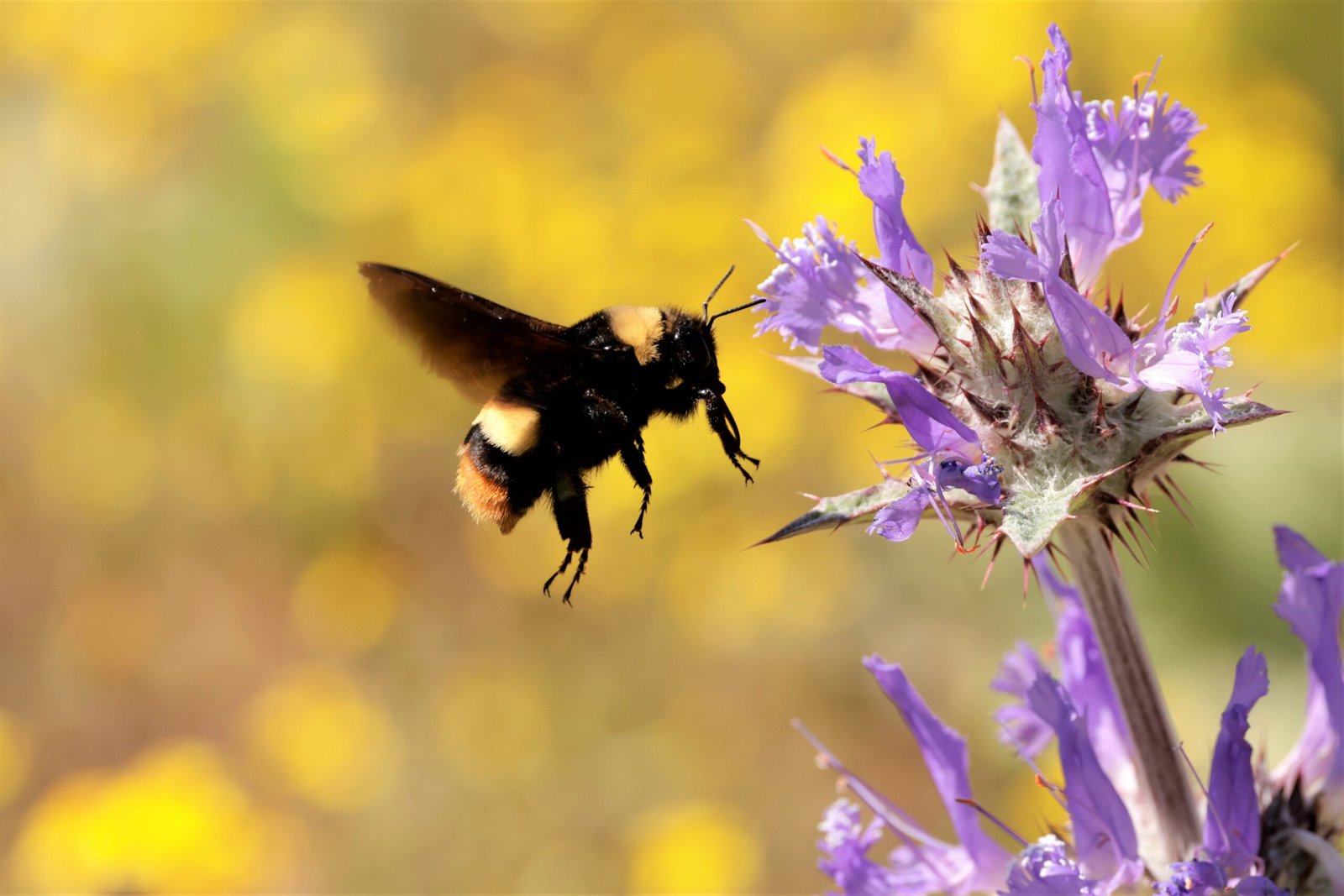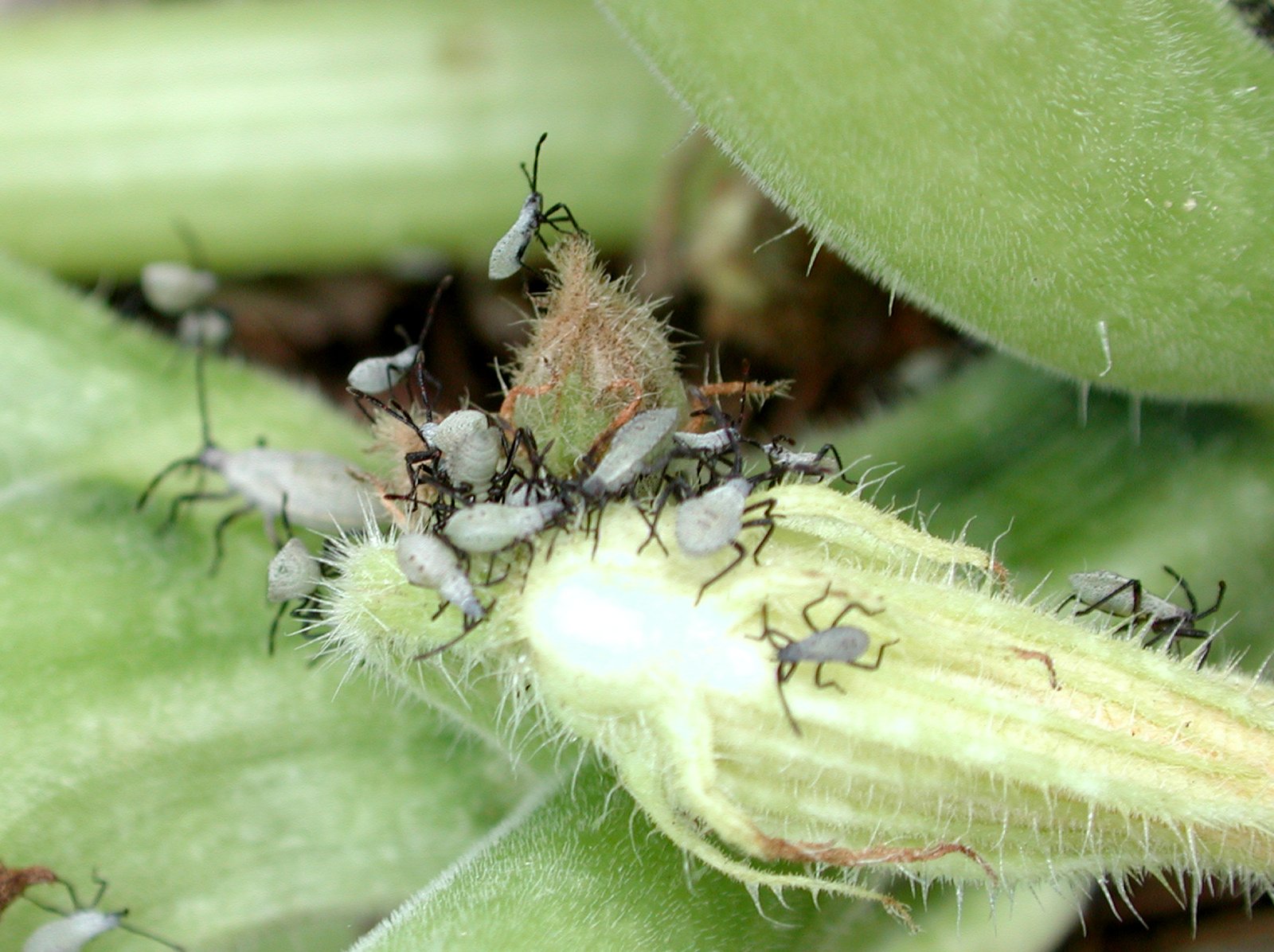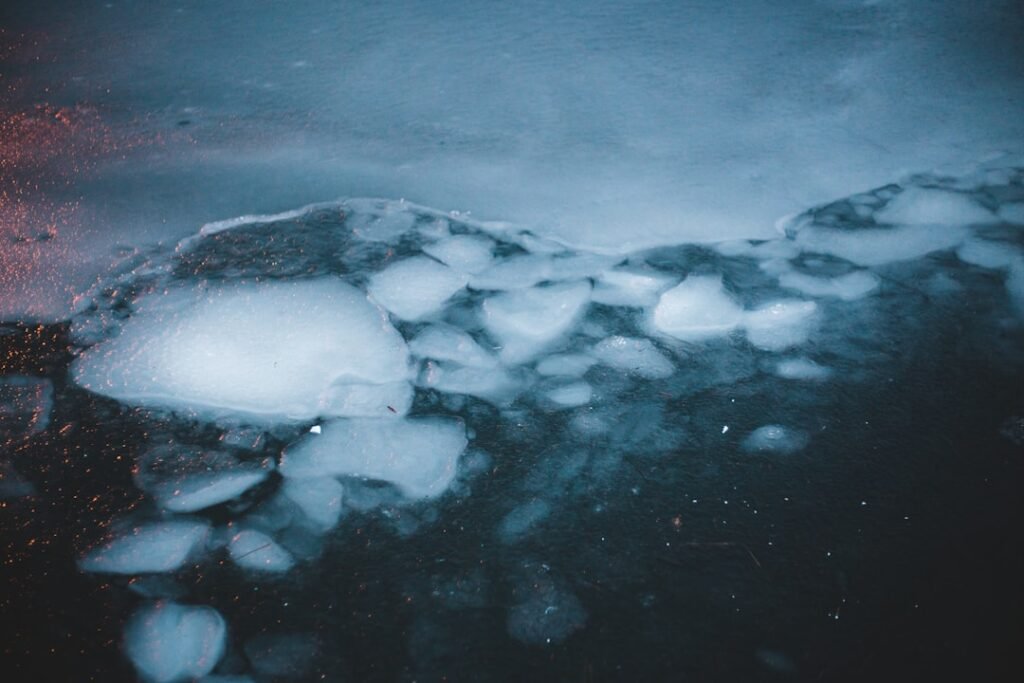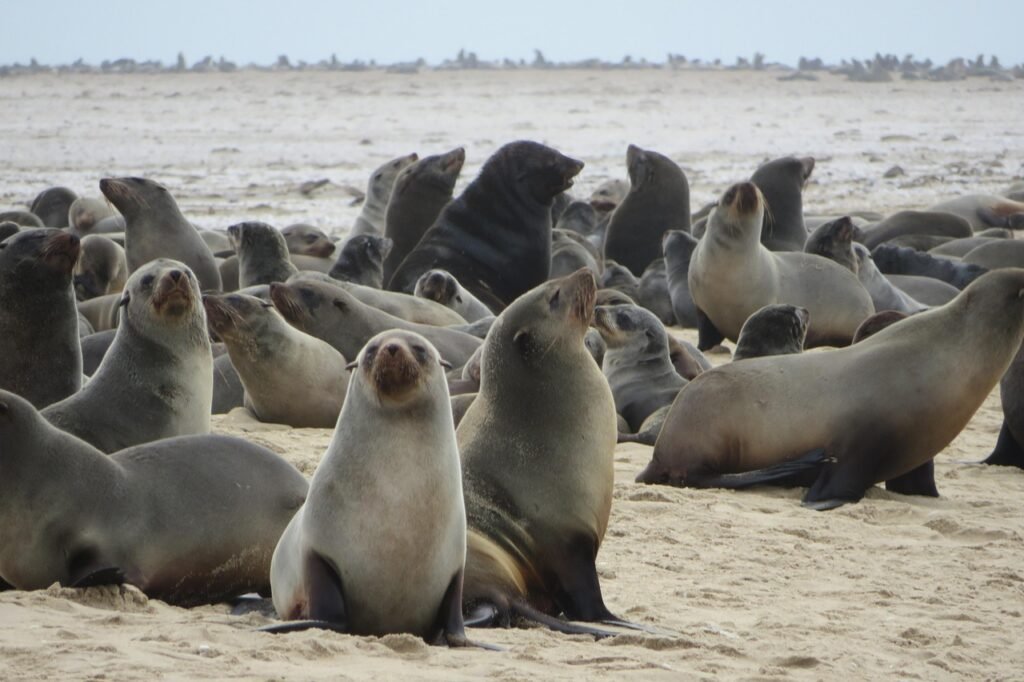In the quiet corners of our world, an alarming crisis is unfolding, one that could alter the very fabric of life as we know it. Bees, butterflies, and other pollinators are vanishing at an unprecedented rate, and while their plight may not make daily headlines, its implications are profound. Imagine a world without the vibrant colors of a butterfly’s wings or the gentle hum of bees in a field of wildflowers. These creatures, often overlooked, play a vital role in our ecosystems, and their disappearance could spell disaster for the natural world and humanity alike. This article delves into the intricate web of factors contributing to this silent apocalypse, uncovering the hidden threats and revealing why the survival of these tiny heroes is crucial for our future.
The Irreplaceable Role of Pollinators
Pollinators, such as bees, butterflies, and bats, are nature’s unsung heroes. They are responsible for the reproduction of over 75% of the world’s flowering plants and nearly 35% of global crop production. Without them, our diets would be drastically different, lacking many fruits, vegetables, and nuts. The colorful tapestry of our meals owes much to these small creatures. Imagine a world where almonds, strawberries, and chocolate are luxuries of the past. Pollinators are the linchpin of biodiversity, ensuring the survival of countless plant species. Their role is not just beneficial but essential, maintaining the delicate balance of ecosystems across the globe.
Pesticides: Poisoning the Pollinators
One of the most significant threats to pollinators is the widespread use of pesticides. Neonicotinoids, a class of insecticides, have been shown to be particularly harmful. These chemicals are absorbed by plants and can be present in pollen and nectar, making them toxic to bees and butterflies. The irony is that while these pesticides are designed to protect crops, they often end up decimating the very creatures that help them thrive. Studies have shown that exposure to these chemicals can lead to disorientation, reduced reproduction, and even death in pollinators. It’s a vicious cycle, where the pursuit of agricultural efficiency is inadvertently leading to ecological decline.
Habitat Loss: A Vanishing Home

The expansion of urban areas and agricultural lands has led to the destruction of natural habitats, leaving pollinators with fewer places to live and feed. As meadows and wildflower-rich fields are replaced by concrete jungles and monoculture farms, the diversity of food sources for pollinators diminishes. Imagine being forced to survive in a world where your favorite foods disappear overnight. This loss of habitat not only reduces the food available to pollinators but also disrupts their migratory patterns and breeding grounds. The fragmentation of landscapes is akin to tearing pages out of a book, leaving gaps in the story of life.
Climate Change: A Shifting Environment

Climate change is another formidable foe in the battle for pollinator survival. Rising temperatures and unpredictable weather patterns can disrupt the delicate synchronization between plants and their pollinators. Flowers may bloom earlier or later than usual, leaving pollinators without their primary food sources. Additionally, extreme weather events, such as droughts and floods, can decimate populations of both plants and pollinators. The changing climate is like a moving target, making it increasingly difficult for pollinators to adapt and thrive in their ever-evolving environments.
Diseases and Parasites: The Invisible Killers

Pollinators face numerous biological threats, including diseases and parasites. The Varroa mite, for example, is a notorious parasite that preys on honey bees, weakening their immune systems and spreading deadly viruses. Similarly, butterflies are susceptible to pathogens that can decimate entire populations. These invisible killers are often exacerbated by other stressors, such as pesticide exposure and habitat loss, creating a perfect storm for pollinator decline. The battle against these threats is akin to fighting an unseen enemy, one that is relentless and unforgiving.
The Economic Impact of Pollinator Decline
The decline of pollinators is not just an ecological concern but an economic one as well. The agricultural industry relies heavily on pollinators, with their services valued at billions of dollars annually. Without them, crop yields would plummet, leading to increased food prices and scarcity. The ripple effect would be felt across the globe, impacting economies and livelihoods. The loss of pollinators is like pulling a thread from a tapestry, unraveling the intricate connections that sustain our world. The economic impact is a stark reminder of the tangible value these creatures provide.
The Role of Monoculture in Pollinator Decline
Monoculture farming, the practice of growing a single crop over a large area, has become increasingly common. While it may boost short-term productivity, it creates a barren landscape for pollinators. These vast fields offer little in terms of food diversity, leaving pollinators with limited options. It’s akin to living in a city with only one restaurant, where the menu never changes. The lack of floral diversity in monoculture systems deprives pollinators of the varied diet they need to thrive, weakening their populations over time.
Conservation Efforts: A Beacon of Hope
Despite the challenges, there is hope on the horizon. Conservation efforts are underway to protect and restore pollinator populations. Initiatives such as creating pollinator-friendly habitats, reducing pesticide use, and supporting organic farming practices are gaining momentum. Public awareness campaigns are also playing a crucial role in educating people about the importance of pollinators and how they can help. These efforts are like planting seeds of change, nurturing a future where pollinators can flourish once more. The journey to recovery may be long, but every small step counts.
How Individuals Can Make a Difference
Every individual can play a part in supporting pollinator health. Planting native flowers, reducing pesticide use, and creating pollinator-friendly gardens are simple yet effective ways to contribute. Supporting local beekeepers and advocating for sustainable farming practices can also make a significant impact. It’s like being a guardian of nature, where even the smallest actions can lead to meaningful change. By taking responsibility for our own backyards, we can collectively create a more hospitable world for pollinators.
The Future of Pollinators: A Call to Action
The fate of pollinators hangs in the balance, and the time to act is now. By addressing the threats they face and implementing sustainable practices, we can pave the way for their recovery. This is not just a call to action for scientists and policymakers but for everyone who cherishes the natural world. The silent insect apocalypse is a wake-up call to protect the intricate web of life that sustains us all. Will we rise to the challenge and ensure a future where bees, butterflies, and other pollinators continue to thrive?




